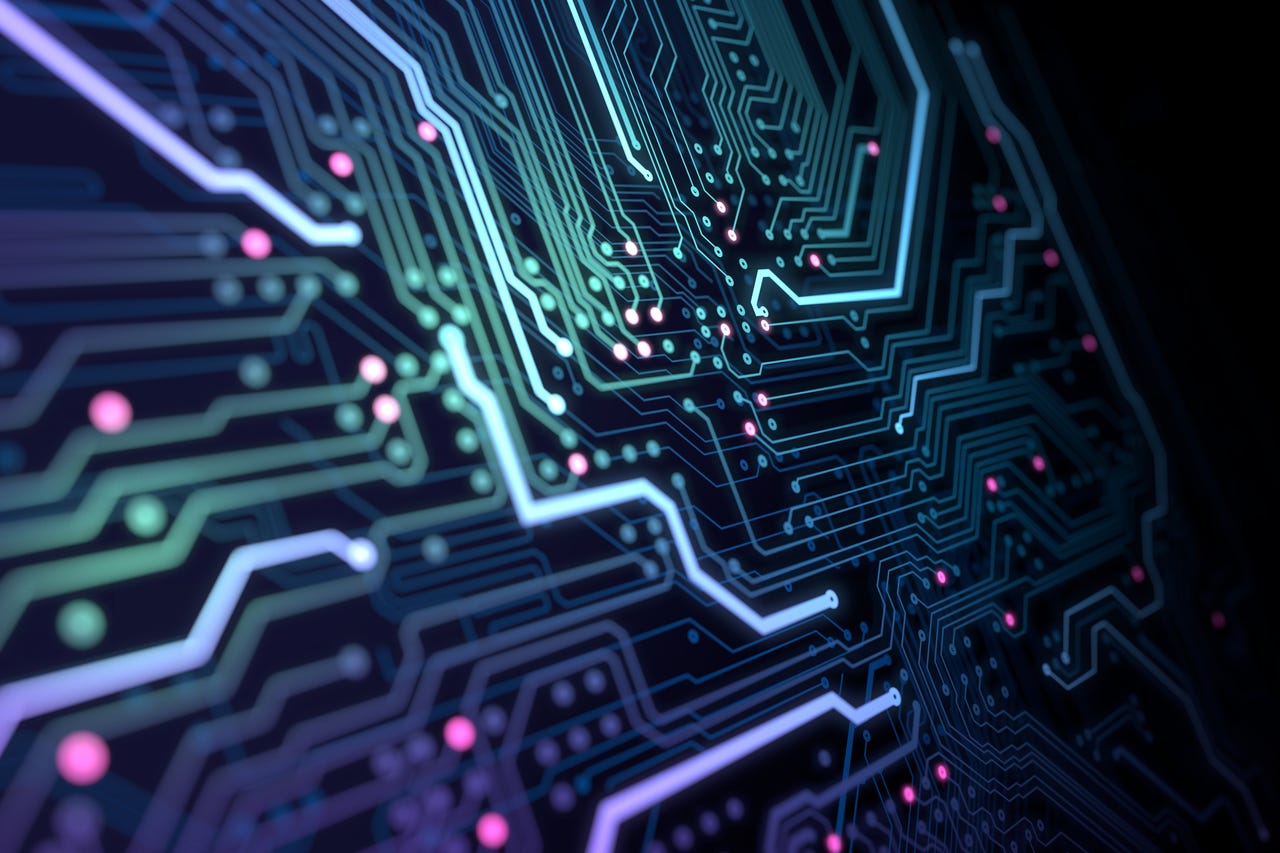
Generative artificial intelligence (AI) is proving to be a powerful tool for a broad range of engineering disciplines, offering highly streamlined processes and work products, and providing invaluable insights for industry leaders.
But while the term 'generative AI' is the tech industry's favorite buzzword, what exactly is it? At its core, generative AI is a subset of artificial intelligence that can generate new data, designs, or models based on existing data by using machine learning (ML) components and algorithms. Generative AI's power lies in its ability to optimize and accelerate processes, making it an ideal technology for engineering disciplines that require high precision, efficiency, and innovation.
Also: 4 ways generative AI can stimulate the creator economy
Each of the major engineering disciplines can apply generative AI toolsets in a similar manner, but also in their own unique ways — and each field also has unique commercial and open-source solutions they can use to leverage generative AI and ML to their best advantage.
Let's look at nine major engineering disciplines and think about how they might approach using generative AI, including examples of specific solutions, both commercial and open source. Many of these tools have been used for years, but are now incorporating generative AI features, or have capabilities that continue to be refined by improving their data models or codebases, which their developers train or optimize with commercial and open-source generative AI and ML toolsets and methodologies.
Conclusion
Generative AI and machine learning are more than just technological advancements — they are driving changes in tooling, processes, and methodologies that are revolutionizing the engineering landscape. The unique ability of these technologies to optimize and accelerate processes across various engineering disciplines makes them indispensable for modern engineering disciplines. As such, the message for businesses and engineering leaders is clear: embrace generative AI to stay competitive and future-ready.